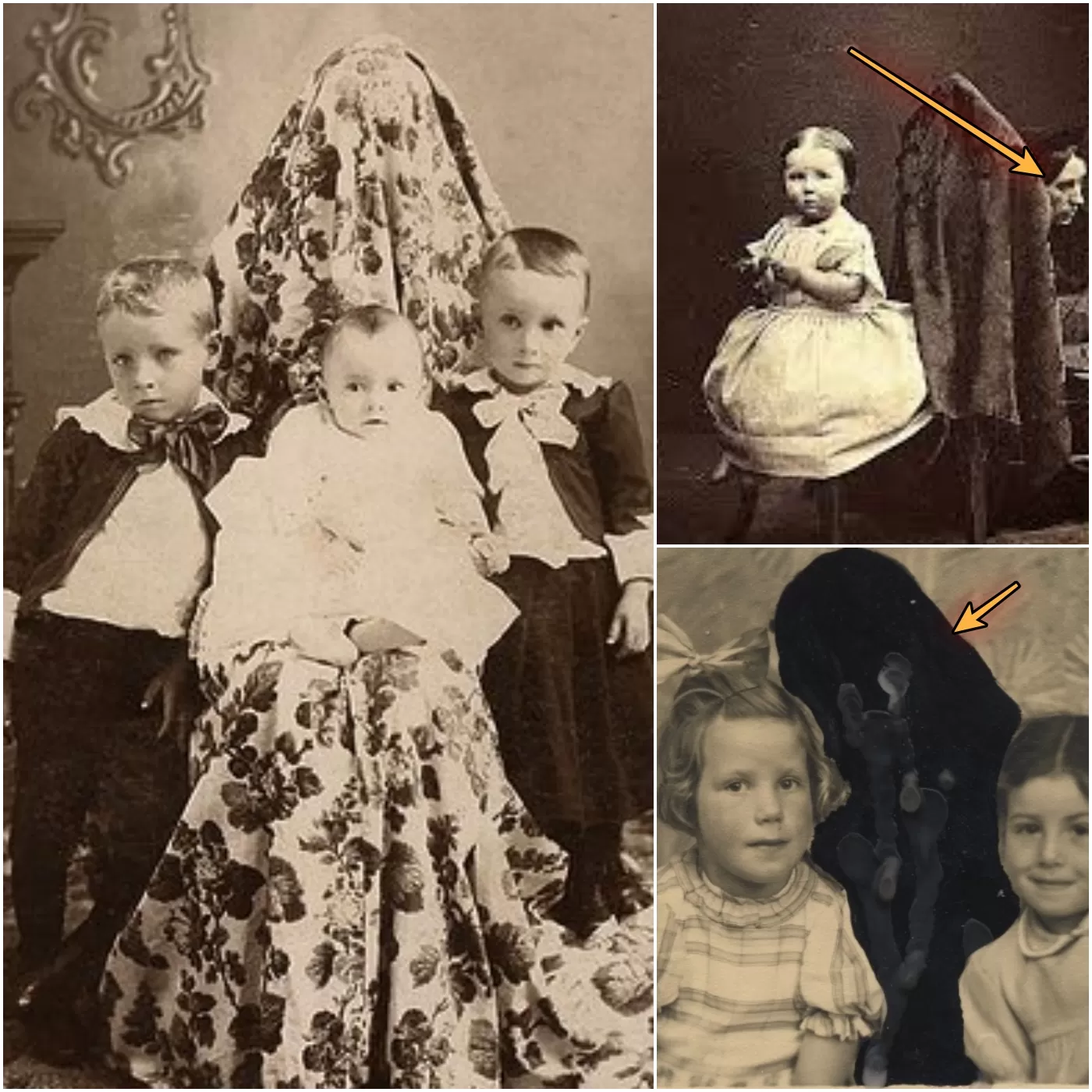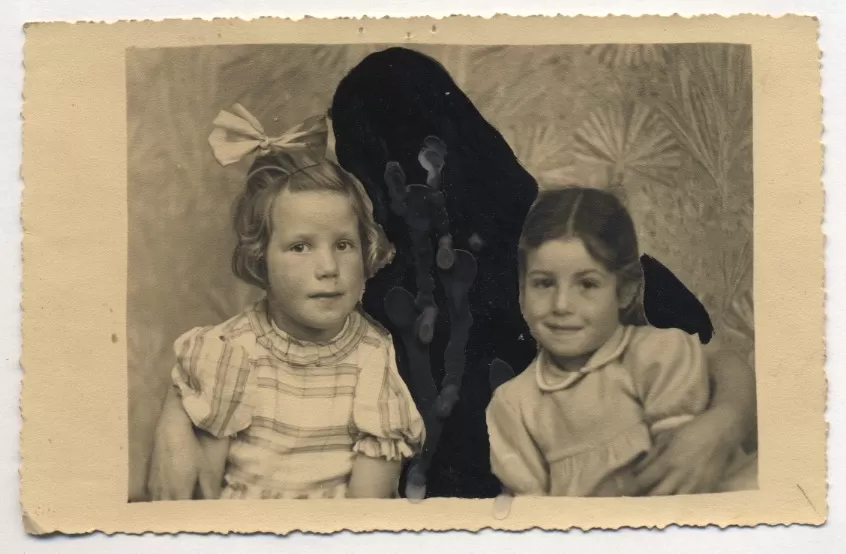The Mystery Behind the ‘Hidden Mother’: A Strange Victorian Custom That Will Give You Chills
In the annals of photographic history, few practices are as bizarre yet oddly endearing as the Victorian-era phenomenon known as the “hidden mother.” During the mid-19th century, capturing a photograph was no simple task. With exposure times stretching beyond 30 seconds, subjects had to remain perfectly still—a challenge for anyone, especially restless children. To solve this, photographers employed a peculiar technique: the “hidden mother.” These images, often haunting yet innocent, reveal a mother concealed beneath a blanket or behind a curtain, gently holding her child in place to ensure a clear shot. What seems eerie today was, at the time, a practical solution born from necessity.

Photography in the Victorian era was a luxury, not a casual pastime. A single portrait could cost a significant sum, equivalent to weeks of wages for the average family. Parents, eager to immortalize their little ones, couldn’t afford blurry results from fidgety toddlers. Enter the “hidden mother” method: a mother, draped in fabric or positioned just out of frame, would steady her child while the camera worked its magic. The result? A serene image of a child, with the mother’s presence subtly erased—or so the photographer hoped. In many surviving photos, though, her outline or a glimpse of her hands betrays the secret, lending an unsettling air to these keepsakes.

The technique reflects the era’s quirks and constraints. Children, unaccustomed to the strange contraption of a camera and the stern gaze of a photographer, often grew anxious or squirmed. Victorian society prized formality in portraits, demanding composure even from the youngest subjects. The “hidden mother” became a workaround, blending ingenuity with a touch of deception. Some images show mothers shrouded like ghosts, their faces obscured by heavy cloth, while others feature them lurking just behind a chair, their role unmistakable to modern eyes.

Today, these photographs captivate historians and collectors alike, offering a window into Victorian life and its blend of innocence and oddity. The “hidden mother” shots are more than relics of outdated technology—they’re a testament to parental devotion in an age when capturing a moment came at a premium. Yet, they also carry an uncanny vibe. The sight of a child posed stiffly, with a shrouded figure looming nearby, evokes a chill that’s hard to shake. Were these mothers truly invisible to their children, or did the little ones feel the comforting grip beneath the disguise?

The “hidden mother” phenomenon faded as photographic technology advanced, cutting exposure times and rendering such tactics obsolete. Still, these images endure as a curious footnote in history, sparking debates about their meaning. Were they simply practical, or do they hint at something deeper about Victorian attitudes toward motherhood and visibility? Whatever the answer, they remain a haunting reminder of a time when even the simplest photo required a strange, silent sacrifice.






